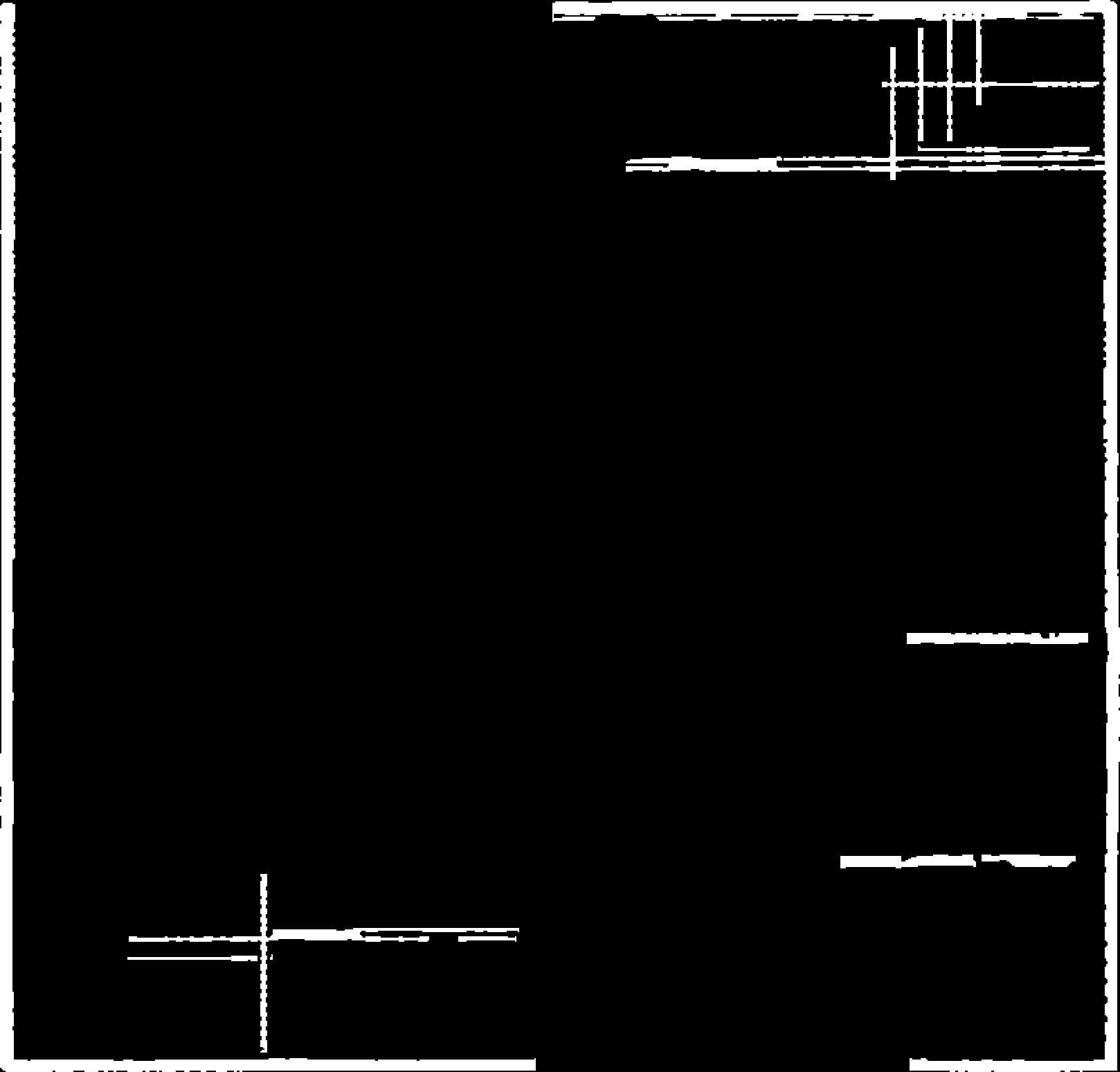2949775591
Hydrological conseąuences of human action..
Later years brought considerable changes to forest cover. According to Ma-ruszczak (1952), the woodland area decreased by over 50% in the central part of the Lakę Region between 1830 and 1930. The forest cover of three time periods was compared for this fragment of the Region comprising 3500 ha (Fig. 2 and 3). A German 1:25,000 map issued in 1915, a copy of a Russian map for which the topographical picture was madę in 1887, presents the situation from the end of the 19th c. The forest area was then only 29.0% and that of cultivated fields together with farm buildings — 39.5%. According to the 1:25,000 topographical map issued by Główny Urząd Geodezji i Kartografii (The Central Office of Survey and Cartho-graphy) the arabie land area in 1976 had increased to 52.4%, and that^of forests had decreased to 27.7%. In an aerial photo-graph in August 1992 the area of arabie land was 47.4%, and that of forests 33.6%.
Besides cutting, afforestation was conducted in the 19th and 20th c., but its scalę was much smaller. Moreover, pine monocultures were introduced in place of natural forest communities, and the role of a forest depends not only on its area and its location in the catchment but also on its species composition and the age structure of the stand of trees.
The conseąuences of changes in land-use cannot be determined precisely. The influence of forest on water circulation and relationships, despite studies carried out for a long time and abundant literaturę, have not been fully elucidated. It depends on climate, particularly snów percentage
Fig. 2. Land use in the central part
of the Lakę Region 1 — waters, 2 —wet meadows, mires,
3 — forests in wetland, 4 — other forests, 5 — arabie land and farm buildings
123
Year1887

Year1976

Year1992

Wyszukiwarka
Podobne podstrony:
119 Hydrological conseąuences of human action.. The thickness of Quaternary formations in the
121 Hydrological conseąuences of human action.. depths and considerable slope inclinations. Most lak
125 Hydrological conseąuences of human action.. infiltration into soil and restrict overland flow. R
131 Hydrological conseąuences of human action.. on the lakes. In 1965 Piaseczno Lakę was provided wi
133 Hydrological conseąuences of human action.. from coal exploitation near a region of smali resist
135 Hydrological conseąuences of human action.. be recognized distinctly. The area of wet meadows an
137 Hydrological conseąuences of human action.. carrying relatively morę water than before. It canno
141 Hydrological conseąuences of human action.. In the western part of the Lakę Region such waters o
143 Hydrological conseąuences of human action.. all lakes is on average 1.43 and 0.47 meq/l, with ex
145 Hydrological conseąuences of human action.. most lakes into the runoff system, the changing dyna
147Hydrological conseąuences of human action.. Studium melioracji doliny Świnki i regulacji rzeki z
GEOGRAPHIA POLONICA 68, 1997HYDROLOGICAL CONSEQUENCES OF HUMAŃ ACTIONIN THE ŁĘCZNA-WŁODAWA LAKĘ
m3376 The Chateau de Couches, a smali French castle typical of the later years of the Hundred Y
is the result of human induced changes in landscape of Tuchola Pinewoods in the last 200 years. The
TO WAKETHE DEADRICHARD LAYMON Amara was ooce the beautiful Prmccss of Egypt Now, 4000 years later, s
ReconciliAction YEG
więcej podobnych podstron